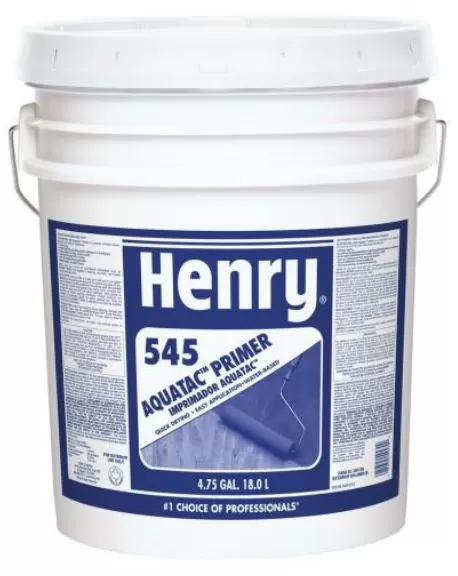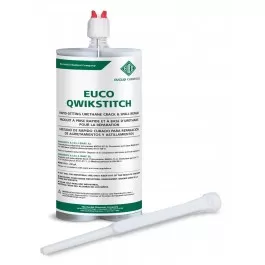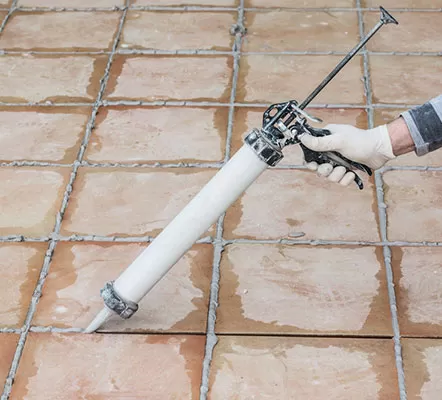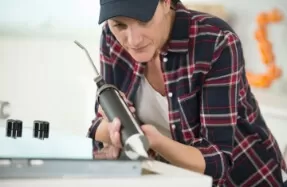Blog
A Guide To Caulking Bricks Using Tremco’s Dymonic 100
Caulking is an important process for every home remodelling project as it helps to prevent air and moisture from penetrating into the building interiors. One of the most common uses of exterior caulk is for the sealing of openings between materials such as brick and wood. Caulking bricks must be done intricately so there will not be excess caulk spread over the brick surface. With proper techniques, a professional-looking, clean seal can be achieved.
Choosing Caulk
For brick work, you can make use of a caulk can dry to a clear finish. Butyl-rubber or silicone caulk is often used for the outdoors and both can resist rain, sunlight, and other external elements. Expandable foam and latex caulk are not ideal for outdoor applications. If you are a beginner, we recommend using a paintable silicone caulk that is white when first applied but will dry to a clear finish. This makes it almost invisible for any excess caulk mistakes to be seen.
Preparing Caulk
It is best to work when no rain is expected for the day and the temperature outdoors is more than 40 degrees. Application of caulks should be done at different temperatures so make sure to follow the instructions found on the tube. Make use of a knife or sharp scissors to cut a little portion off the end of the caulk tube up to 1/4 inch. Place the tube into a caulk gun and twist its top in a clockwise direction until it feels snug against the bottom of the caulk tube. Some tubes of caulk have a spring so you need to just pull the back end instead of twisting it.
Doing a Patch Test
Before starting any project, always do a patch test. Pick a discreet spot to give the caulk a test. Hold the caulk gun at 45 degrees against the brick surface. Release a small amount and rub it into place. If you are satisfied with how it looks, use it as your starting point.
Applying Caulk to Bricks
Press the caulk gun trigger and layer the caulk along the brick in a singular motion. When the end of the surface has been reached, release the trigger to slow the flow. Place your finger over one end of the caulk and apply slight pressure. Run your finger along the length of the caulk line to smoothen it for a professional-looking finish and to also push the caulk into small crevices.
Painting Over Caulk
Upon the complete drying of the caulk, you can now paint over it if necessary. Make use of a similar color to the surrounding material by using a small craft paint brush that you can dip into paint. This makes painting the caulk so much easier.
Caulking of Bricks
Following these simple steps that we have shared above can help you to achieve a professional appearance of caulked bricks. Not only does caulking cover up gaps and spaces, it also stops external elements from invading into property interiors which may cause long-term damage.




